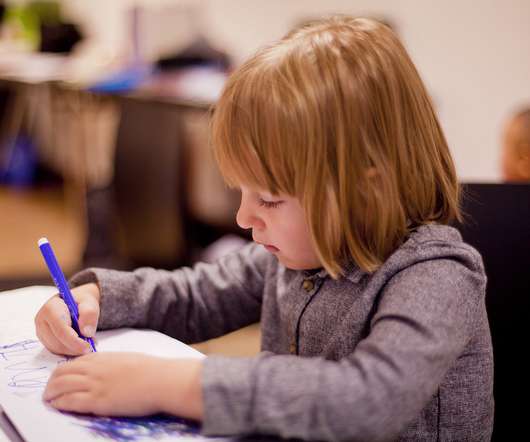The Edtech Revolution: 2010 – 2017
Securly
FEBRUARY 14, 2017
In 2012, Chromebooks accounted for only 1% of the devices sold to US classrooms; now, they make up more than half of the edtech market. “More tech-based monitoring and assessment tools will be incorporated into to the instructional mix.” Parents are engaged via student activity reports on school-owned devices.























Let's personalize your content